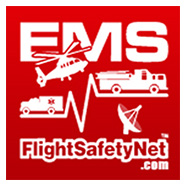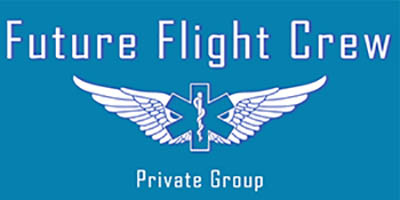Loveland, Colo. — This is one helicopter Kris Schott won’t be jumping out of — that’s a good thing, given that the people aboard are often in need of life-saving measures.
Schott gave up piloting and jumping out of military helicopters full time to become a flight paramedic for UCHealth’s LifeLine medical helicopter based out of Medical Center of the Rockies in Loveland.
“Flying is still exhilarating,” he said. “It can be incredibly stressful, but I thrive on the challenge.”
And summer can be a challenging season for LifeLine pilots, who at times are required to land in tight spots where elevation and heat can test their skills.
“Usually the higher you go the cooler it is, but in summer it can still get pretty hot,” LifeLine pilot Wes Smith said. “Anytime you have to land in a tight spot at altitude with heat, it can get stressful.”
According to the Salt Lake Tribune, Last year, the UCHealth LifeLine helicopter flew 26 outdoor-related missions, about 10 percent of its annual calls. A large number of LifeLine calls include transferring patients from one hospital to another that’s better equipped to treat them. But last year’s outdoor calls included people who were injured while horseback riding or hiking, or were snake-bit or hurt on the water.
“I was the rattlesnake guy, flew a lot of rattlesnake bite calls,” said Schott, who has been obsessed with helicopters since he was a kid and whose favorite TV show growing up was “Airwolf.” The show ran for four years in the mid-1980s and was based on the crew flying a high-tech military helicopter on exotic missions.
His current job combines his two passions: helicopters and medicine.
UCHealth LifeLine’s Northern Colorado program includes four pilots, 12 nurses and six paramedics who work 12-hour rotating shifts. When they aren’t up in the air, they are stationed at Medical Center of the Rockies, where their red and white helicopter is visible atop the hospital along Interstate 25. They study training material and check supplies among other duties until they get the call.
Then a day can go from laid-back to a life-altering in a matter of minutes.
“We are able to bring things to a scene that an ambulance isn’t necessarily going to have,'” Schott said. “And we have an ICU nurse on board. Really, this is a flying intensive care unit the size of a Volkswagen.”
Hilary Fischer worked in the ICU for six years before reaching her goal of becoming a LifeLine helicopter nurse.
“I knew I wanted to do this as soon as I found out nurses could do this,” she said. “As a nurse, you see other providers giving care. I got to the point where I realized I can make those decisions the providers were making. This is really the only job where nurses get to make those decisions.”
Fischer said the intensive training the crew continually undergoes keeps things real when they arrive on scene.
“If we’re going, someone is having a bad day,” she said. “It’s probably stressful for the patient though sometimes it can be stressful for us. A little stress keeps you on top of your game.”
Last month, the crew received a new helicopter. The B3E replaced the B3 the crew had for the past six years. The new helicopter has 100 horsepower more than the old helicopter and autopilot to help pilots fly in the clouds. Smith said the helicopter has a base price tag of $2.5 million and runs around $3 million or more once the medical equipment is added.
Duane Rorie, manager of the UCHealth LifeLine program for Northern Colorado, realizes the cost of a flight can be expensive, and the billing complex. But he said crews evaluate each call as to the need for the helicopter.
“Our concern is: are you sick enough to fly in the helicopter?” Rorie said. “If we go somewhere and we see you have a broken ankle and don’t need the helicopter we are not going to fly you.”
For Fischer, each call brings its own challenges but the reward is helping people facing critical health needs.
[divider style=”10″]
Interested in learning more about how to get started as a Flight Medic, Flight Nurse or EMS Pilot?
Join our Future Flight Crew Private Facebook Group. Answer 3 simple questions to join, takes less than a minute.
CLICK THE BANNER to Sign Up:
[arrows style=”arrow-red-11.png” align=”left”]



